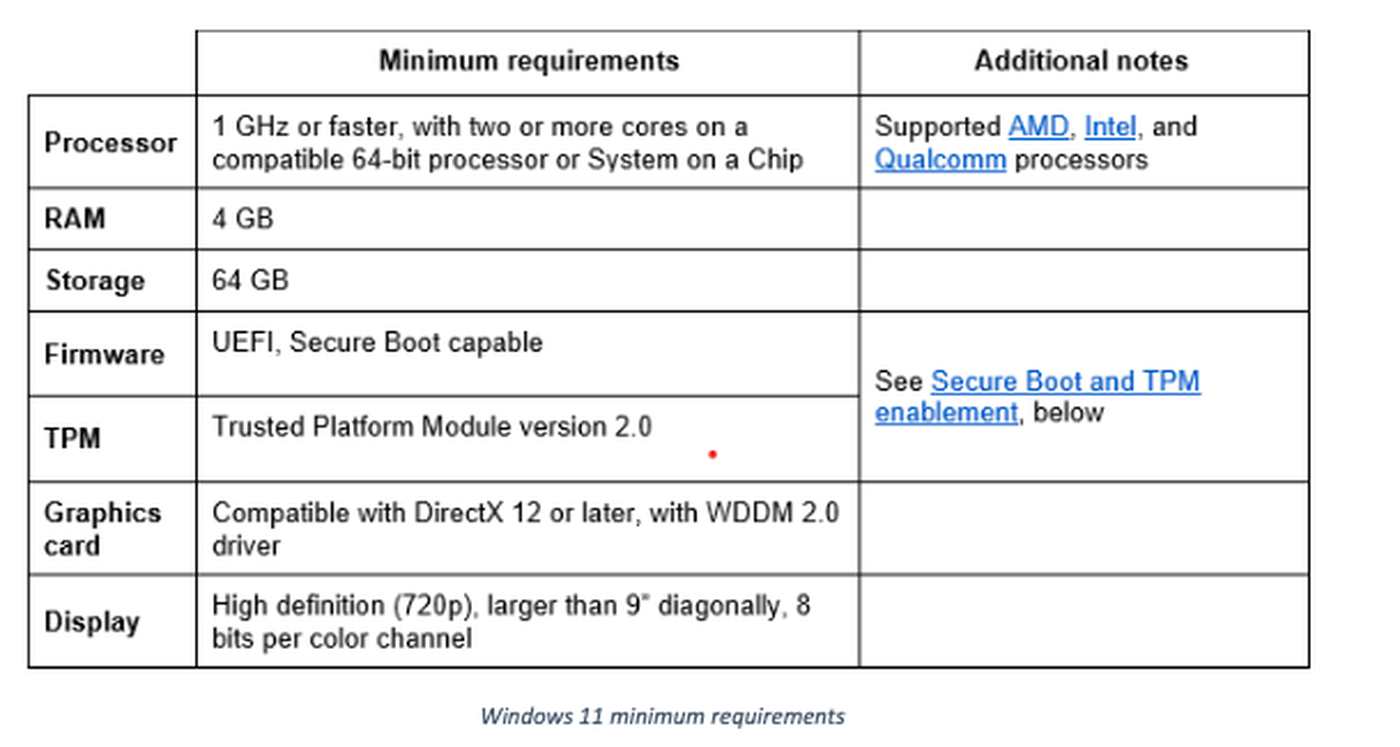The rollout of Windows 11, Microsoft’s next-gen operating system, is well underway. But while Windows 10 users can upgrade for free, the rate of adoption has been relatively slow so far. More than six months after its initial release, only about 20% of PCs worldwide are running Windows 11 (as of April 2022).
Changing clients over to a new operating system isn’t a trivial task, nor is it without potential headaches. Even though Windows 11 shares many features and visual similarities with Windows 10, some MSPs may worry about introducing confusion into clients’ lives.
Let’s explore the potential boosts to endpoint performance and security in Windows 11, as well as challenges you may face when migrating your client base over.
What’s new in Windows 11?
Microsoft’s latest operating system is, for the most part, not dramatically different from Windows 10. For the average end user, the most obvious changes will be a new visual appearance and feel:
- The Start menu is now centered, with a less cluttered design
- Users can define multiple virtual desktops and easily toggle between them
- Users can customize Snap layouts — great for those with large monitors or multiple screens
- Users can access personalized widgets directly from the Taskbar
Other new features include the ability to download and run Android apps natively, and an upgraded release of Microsoft Teams that’s now pinned to the Taskbar.
There are security and performance enhancements as well. Windows 11 was designed to leverage the next generation of processors, and its approach to memory management optimizes the performances of apps running in the foreground. RAM remains energized during sleep mode, leading to faster wake times. By loading system binaries on demand, the OS streamlines disk usage and I/O footprints of non-critical apps.
In terms of security, Windows 11 now implements Virtualization-Based Security (VBS), which creates a secure memory region isolated from the OS — this protects against exploits that target the OS itself. Microsoft Defender Application Guard does something similar for the browser, protecting systems and data from potentially unsafe websites.
Should you consider delaying a Windows 11 upgrade?
Despite these advancements, there are some compelling reasons for MSPs to avoid rushing certain clients into an upgrade:
Security fears
Though Windows 11 does introduce new security features, as described above, it remains true that operating systems are highly complex pieces of software — and the discovery of new vulnerabilities in their code is inevitable, even well after release. That’s why Microsoft issues so many patches each month for their products (and why a comprehensive and automated patch management solution is so critical for service providers).
Experience has shown time and again that by waiting for later versions of a new Windows OS, adoptees are rewarded with a version that is less buggy, more secure, and more feature-rich. Microsoft has released a number of new builds already to improve user experience and security, which may be enough to satisfy service providers today.
Lack of incentive
MSPs face fairly little pressure to upgrade clients right away. Microsoft has announced their intention to continue supporting Windows 10 until October 2025, so fixes for any newly-discovered vulnerabilities will continue to become available over the next few years. In an unprecedented move, the company even released a new version of Windows 10 (21H2) after Windows 11 was already available.
Hardware incompatibilities
Perhaps the most powerful reason not to upgrade a client to Windows 11 is if you simply can’t. The minimum system requirements for this new OS are more demanding than those of Windows 10, and some clients’ hardware may not be compatible.

Windows 11 minimum requirements
Ensure your protected devices are compatible with these requirements and consider the cost of any potential upgrades in your planning. There are also some feature-specific requirements that should be checked carefully against your clients’ device inventory and their unique needs as a business.
How to try Windows 11 safely
You — or your clients — may have some anxiety around making a significant change like this. We’ve all heard (or even experienced) horror stories of bricked installations and data loss when upgrading to a new operating system.
Fortunately, Acronis makes it simple to test Windows 11 safely by first creating full-image backups that can be easily restored to similar or dissimilar hardware:
If for any reason you or your client wishes to go back to their working installation of Windows 10 — or even migrate the new installation to a different/virtual machine — doing so is straightforward. Acronis Cyber Protect Cloud supports worry-free Windows 11 migration at scale. Built with MSPs’ needs in mind, it integrates seamlessly with leading RMM and PSA systems. Deliver world-class backup and recovery, next-gen anti-malware, advanced email security, file sync-and-share — and more — all through one central console.
For more information on how Acronis can help you to deliver superior outcomes for each of your unique clients, including smooth migration to Windows 11, join a live demo or start your free trial today.
This guest blog is courtesy of Acronis. Read more Acronis guest blogs here. Regularly contributed guest blogs are part of ChannelE2E’s sponsorship program.




